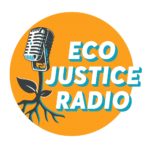

Subscribe to EcoJustice Radio:
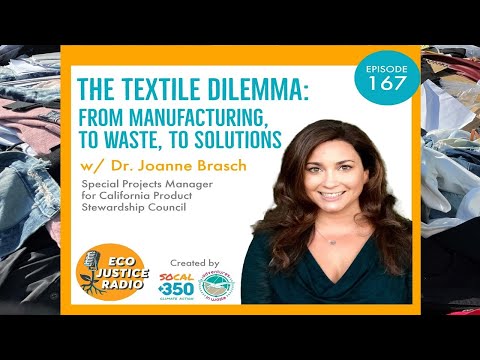
Watch this video on YouTube
How to Deal with Fashion/Textile Waste with Dr. Joanne Brasch
The fashion industry contributes to roughly 10% of all global carbon emissions (releasing 1.2 billion tonnes of greenhouse gases into the atmosphere every year). It is also the world’s second worst offender in terms of water and plastic pollution, seeing that the majority of our clothes are made from plastic and contribute to microplastic pollution.
In this show, our guest Dr. Joanne Brasch, Special Projects Manager for California Product Stewardship Council, walks us through the current state of disposal, shares what prime solutions must exist, and how their organization and others are pushing on policies and legislation that will hold manufacturers accountable, create transparent industry practices, and address social and environmental justice concerns.
It is estimated that 100 billion garments are produced each year, while 92 million tons end up in landfills. That is the equivalent of one trash truck full of clothes being dumped into the landfill every second. In 7 years, it is expected that the 92 million discarded tons will increase upwards of 148 million tons according to Fashion Revolution. In the United States, wasted clothing and textiles make up almost 8% of all landfill waste.
Do We Have Textile Waste Solutions?
Many times, textile waste isn’t recycled due a complex web of issues from mixed material types to lack of sorting and processing infrastructure.
Undesirable clothing donated to thrift stores or dropped off in parking lot collection bins could very well be disguised as second hand clothing that is exported to and dumped on other countries, such as Ghana, Kenya, Chile and more. A recent documentary revealed that 300m items of junk plastic clothing from around the world are dumped in Kenya every year.
So what needs to happen to turn the tide on the textile dilemma?
LISTEN TO THE EXTENDED INTERVIEW: https://www.patreon.com/posts/joanne-brasch-of-79723489
Here is a short transcript excerpt of the interview:
Jessica Aldridge: Joanne, what are considered textiles? What are they made from? And how much of our clothing is manufactured and disposed of every year, globally and maybe locally.
Joanne Brasch: So it’s a very basic level. Textiles are fabrics. In most of our lives, we interact with fabrics on clothing. These are knitted. These are woven types of fabrics. But if you look in the more expansive scope of your life and the world using textiles, there’s a lot of different types of textiles that are not just the knits and wovens. So you have things that are, like, non wovens. These are often used. Like, think about the material that your single use masks are made out of. That’s considered a textile. So there’s different types of fabrics, not just the ones on our clothing, but also industrial type and commercial textiles that make up the fabrics of our life.
Jessica Aldridge: And how much is being created every year?
Joanne Brasch: That’s truly an unknown. We don’t know how many products are being brought into our market. We don’t know how much are brought in and what percentage is sold. That’s a really dark data spot in kind of the life cycle of these products. But we do know what’s coming out at the waste, and we see what’s coming into the thrifts and the collectors. We see what’s hitting the landfills through waste characterization reports. And we know that volume is immense. It’s one of the top materials in our waste stream here in California. And over the last few years, it’s one of the fastest growing waste streams. Our agency for waste authority, at the state level, we call them CalRecycle. And CalRecycle studies our waste streams every four years through these waste characterization reports. And in 2018, their characterization was that textiles were about 3% of the residential and the commercial waste stream. But CPSC has gone in to do local waste characterization, specifically in Los Angeles. Within the city of Los Angeles, especially, if you look in some of the districts with manufacturing, textiles can be upwards of 6% of the waste stream. And that’s just our local waste stream. When you look at the global scale, you can see where the textiles are really accumulating are in these second hand markets. And we’ll talk about that a little bit more, I’m sure, in the next few questions.
Jessica Aldridge: That’s crazy. And it depends on where you live. Like, even globally in Europe, there’s immense amount of textiles that are coming out of Europe as well. Uh, I want to talk about the current state of disposal when it comes to textiles and clothing that’s no longer of use by the owner. If textiles are placed in what we call curbside recycling container, and that meaning if you have a recycling container that is collected directly from your home or your business, what happens to textiles that are put in that container? Can those textiles be properly recycled this way?
Joanne Brasch: Well, I definitely encourage all listeners to not put textiles in the recycling bin, unless their jurisdiction really encourages that. But we’ve seen some major cities in California try that. And we’ll specifically talk about San Francisco, but at the end of the day, we can’t put these soft fabrics in with our hard plastics for a bunch of reasons. One of them is they absorb. So any of the residual food waste or the liquids render these textiles no longer recyclable. If they absorb fats, let’s say they also tangle in the machines at our Material Recovery Facilities (MRFs). These big conveyor belts, these fabrics actually tangle in those machines. And you know what’s really scary is they also combust. So textiles are considered, especially around machinery, a combustible contaminant. So when we see textiles in the recycling bin, it’s actually a really expensive and dangerous problem to deal with at the solid waste side. But San Francisco tried. They told residents, put them in a bag, put them in your recycling bin. And what happened is those bags ripped. The textiles, pretty much almost all of the textiles that ended up at those MRFs collected curbside were not recyclable because of what I just talked about. So alternatively, they can do appointment based picked up, or they can do partnerships with thrifts. But at the end of the day, they’re really expensive to do door to door pickup. And we’re talking about unusable textiles. People think what I put to the curbside should be what I’m not able to take to the thrift. It’s not usable. So, um, I’m sure we’ll talk a little bit more about Usability and the recycling options that are out there.
Dr. Joanne Brasch holds a PhD in Textile Economics and Environmental Analysis from the University of California, Davis, where she also received a Master’s degree in Textile Science and a Bachelor’s degree in International Agricultural Development. She currently works as Special Project Manager at the California Product Stewardship Council (CPSC) and has worked for its national spinoff, the National Stewardship Action Council (NSAC). Dr. Brasch is appointed by the state agency CalRecycle to two advisory committees for carpet and mattress recycling where she serves as the chair on both. She made Waste360’s 2021 “40 under 40” awardees list.
Jessica Aldridge, Co-Host and Producer of EcoJustice Radio, is an environmental educator, community organizer, and 15-year waste industry leader. She is a co-founder of SoCal 350, organizer for ReusableLA, and founded Adventures in Waste. She is a former professor of Recycling and Resource Management at Santa Monica College, and an award recipient of the international 2021 Women in Sustainability Leadership and the 2016 inaugural Waste360, 40 Under 40.
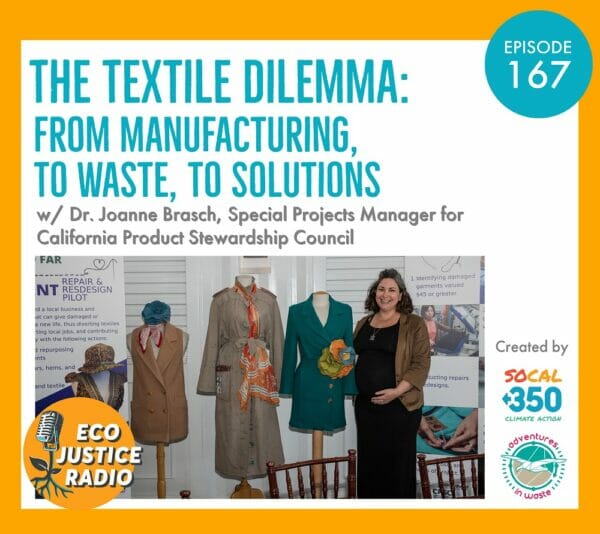
Related Shows:
Circular Fashion: Designing for Equity & Environment
https://wilderutopia.com/ecojustice-radio/circular-fashion-designing-for-equity-environment/
The Steep Environmental and Social Costs of the Fashion Industry
Podcast Website: http://ecojusticeradio.org/
Podcast Blog: https://www.wilderutopia.com/category/ecojustice-radio/
Support the Podcast: https://www.paypal.com/donate/?hosted_button_id=LBGXTRM292TFC&source=url
Guest: Dr. Joanne Brasch
Executive Producer: Jack Eidt
Host and Producer: Jessica Aldridge
Engineer and Original Music: Blake Quake Beats
Episode 167
Originally Published 6 March 2023, Updated 17 May 2023

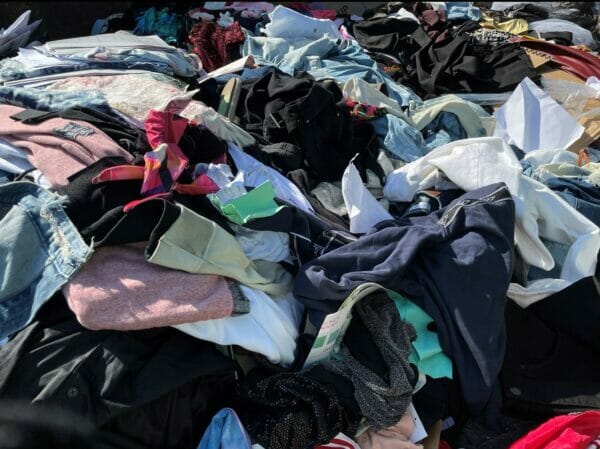



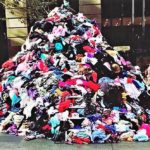
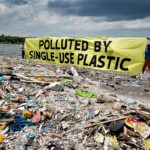







Pingback: Circular Fashion: Designing for Equity & Environment - WilderUtopia